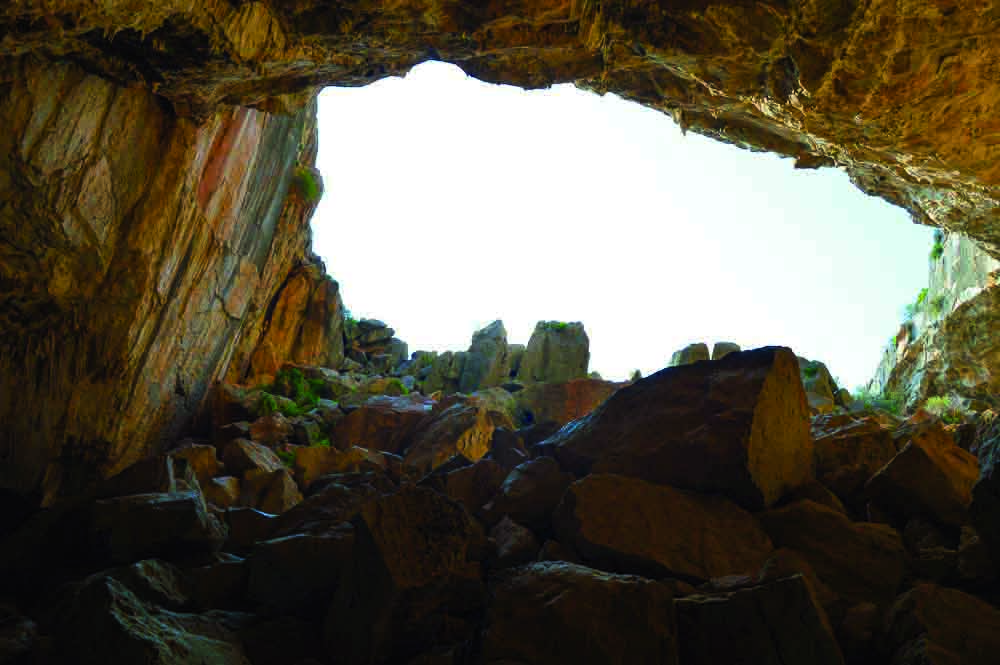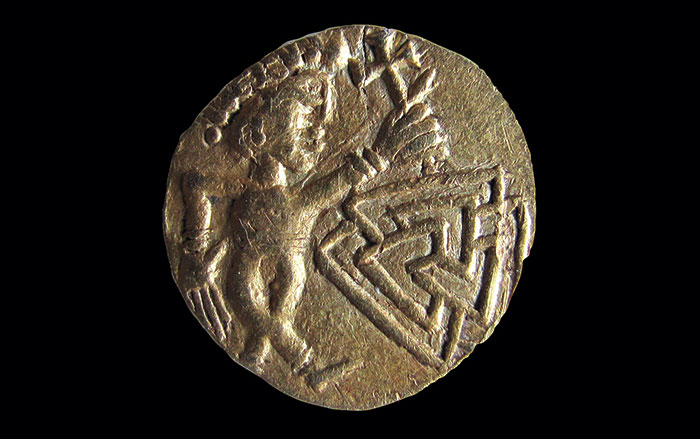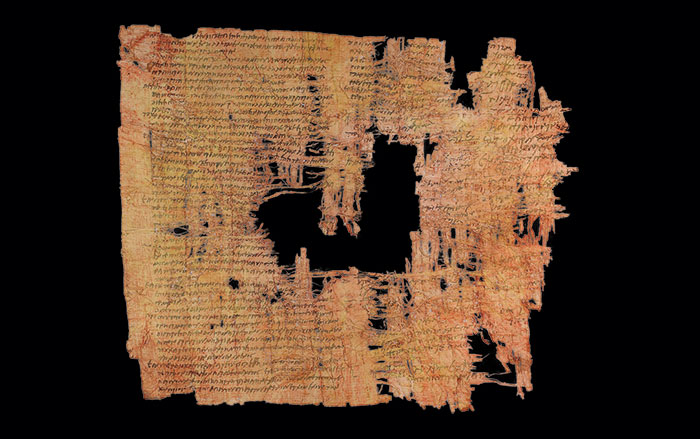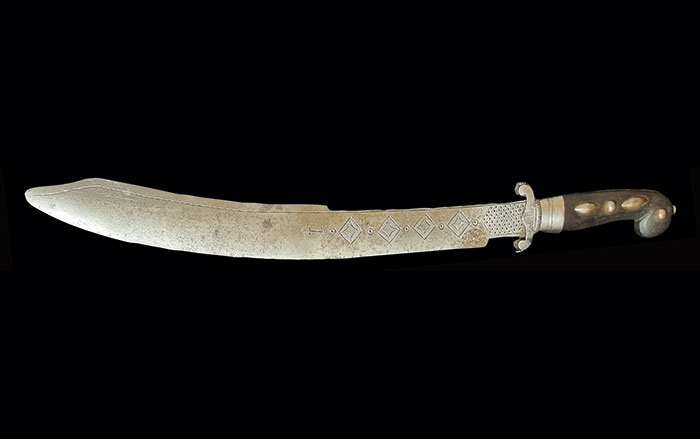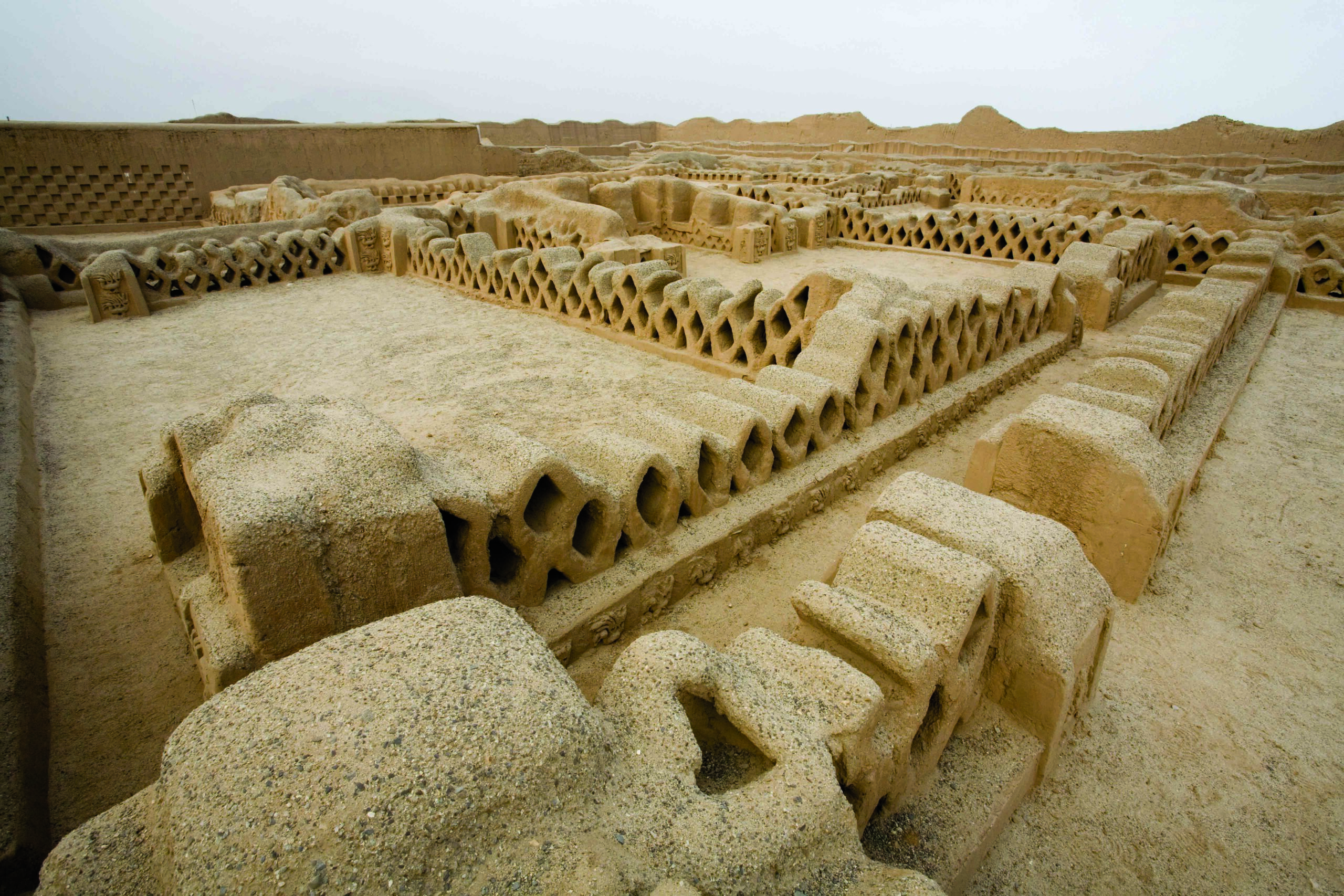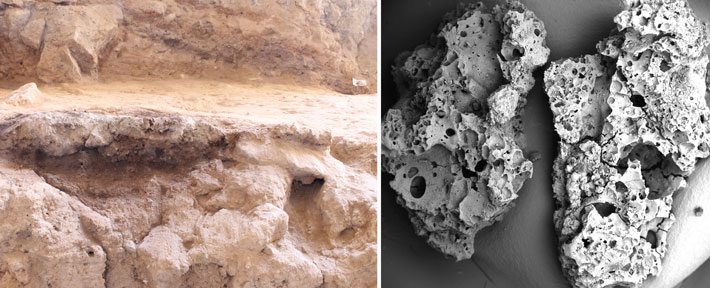
Burned vegetable remains from Franchthi Cave in Greece and Shanidar Cave in northern Iraq are revealing that Middle and Upper Paleolithic hunter-gatherers cooked plants many thousands of years before the advent of agriculture. A team including archaeobotanist Ceren Kabukcu of the University of Liverpool found that people in the two caves used food preparation techniques that were remarkably similar, despite the 60,000 years separating them; Shanidar Cave was occupied by Neanderthals between 75,000 and 70,000 years ago, while Franchthi Cave was used from 11,700 to 11,400 years ago. The researchers employed reflected light and scanning electron microscopes to identify the species of carbonized plants. They found that the remains in both caves included oat and barley seeds as well as peas, pistachios, almonds, and wild mustard. Several of these plants would have had to be soaked in water and crushed to remove toxins before they could be eaten. In some cases, different plants were combined into a single dish. Many of the plants would have had a bitter taste, and wild mustard has a particularly sharp flavor. According to Kabukcu, these people weren’t just gathering foods with the most calories. “They go out and seek specific flavors and eat the things that they like,” she says.
